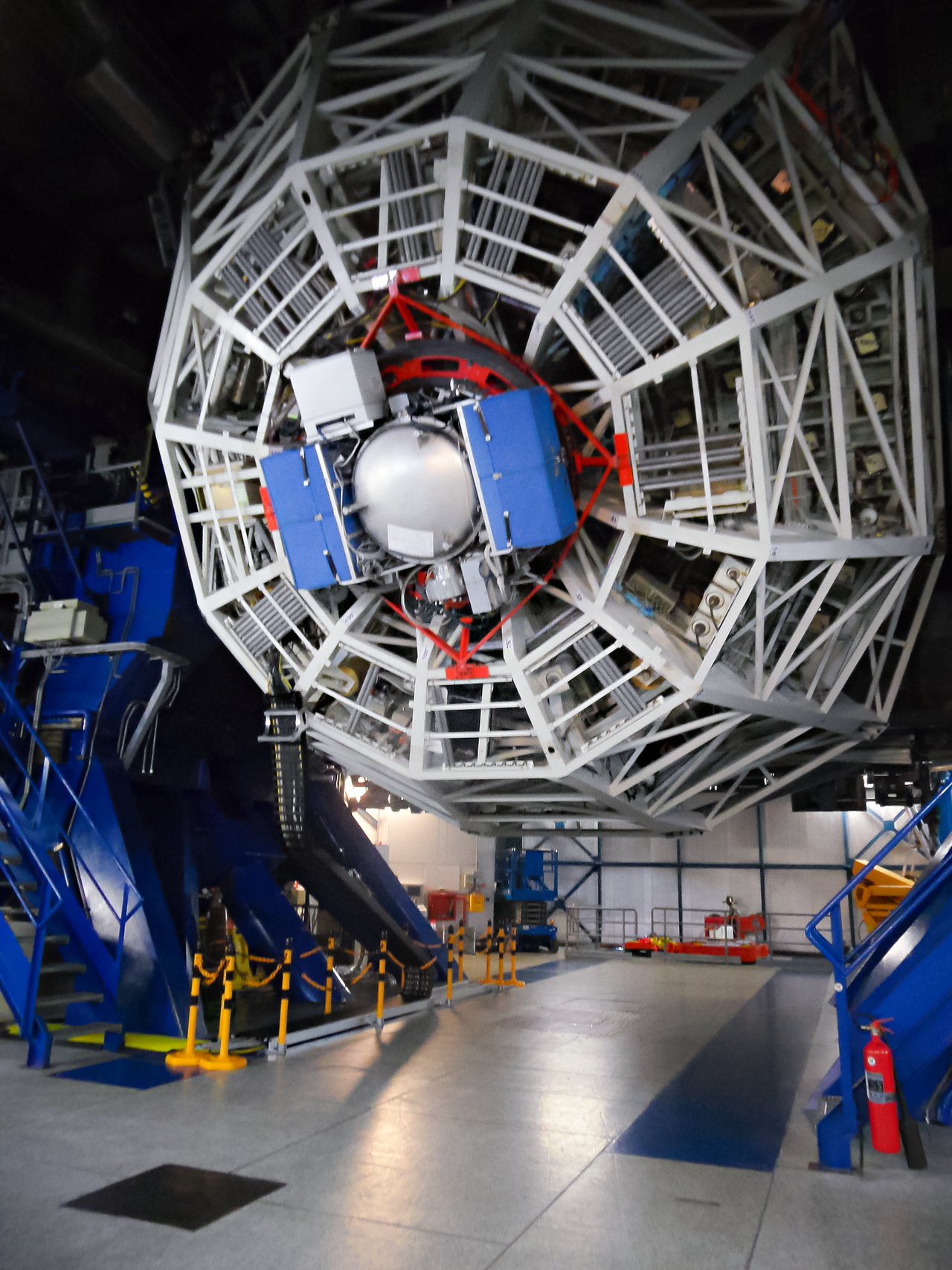The Very Large Telescope checks out the Alpha Centauri system
The closest star system to our Sun (4.37 light-years away) consists of two Sun-like stars (Alpha Centauri A and B) and the red dwarf Proxima Centauri. Astronomers already discovered a rocky planet orbiting Proxima Centauri. But what about the binary Alpha Centauri system? A new instrument named NEAR and developed by the “Breakthrough Watch” Initiative and the European Southern Observatory (ESO) is set to find out.
NEAR (Near Earths in the AlphaCen Region) is, above all, a so-called thermal infrared coronagraph. The instrument blocks out most of the light received from a target star and at the same time is optimized not to measure any light reflected from a possible planet, but instead the thermal radiation (heat) emitted by the planet. Thus, NEAR can also determine whether liquid water might exist on the surface of the planet – and thus whether the planet is in that star system’s habitable zone.
The coronagraph has been in operation since May 23 on the ESO’s Very Large Telescope (VLT) and was searching up to June 11 for direct evidence of the existence of super-Earths around Alpha Centauri A and B. The instrument is sensitive enough to detect planets that are at least twice the size of Earth. The ESO compares resolving a celestial body in a situation like that, a planet in the immediate vicinity of a star several light-years away, to observing a moth circling a streetlight at a distance of dozens of miles. “NEAR is the first and (currently) only project that could directly image a habitable exoplanet. It marks an important milestone. We’re hoping that a large habitable planet is orbiting Alpha Cen A or B,” Olivier Guyon, lead scientist at Breakthrough Watch, commented.
The data from the observations, and the tools to work with the data, will later be made available to the public under program ID 2102.C-5011.


